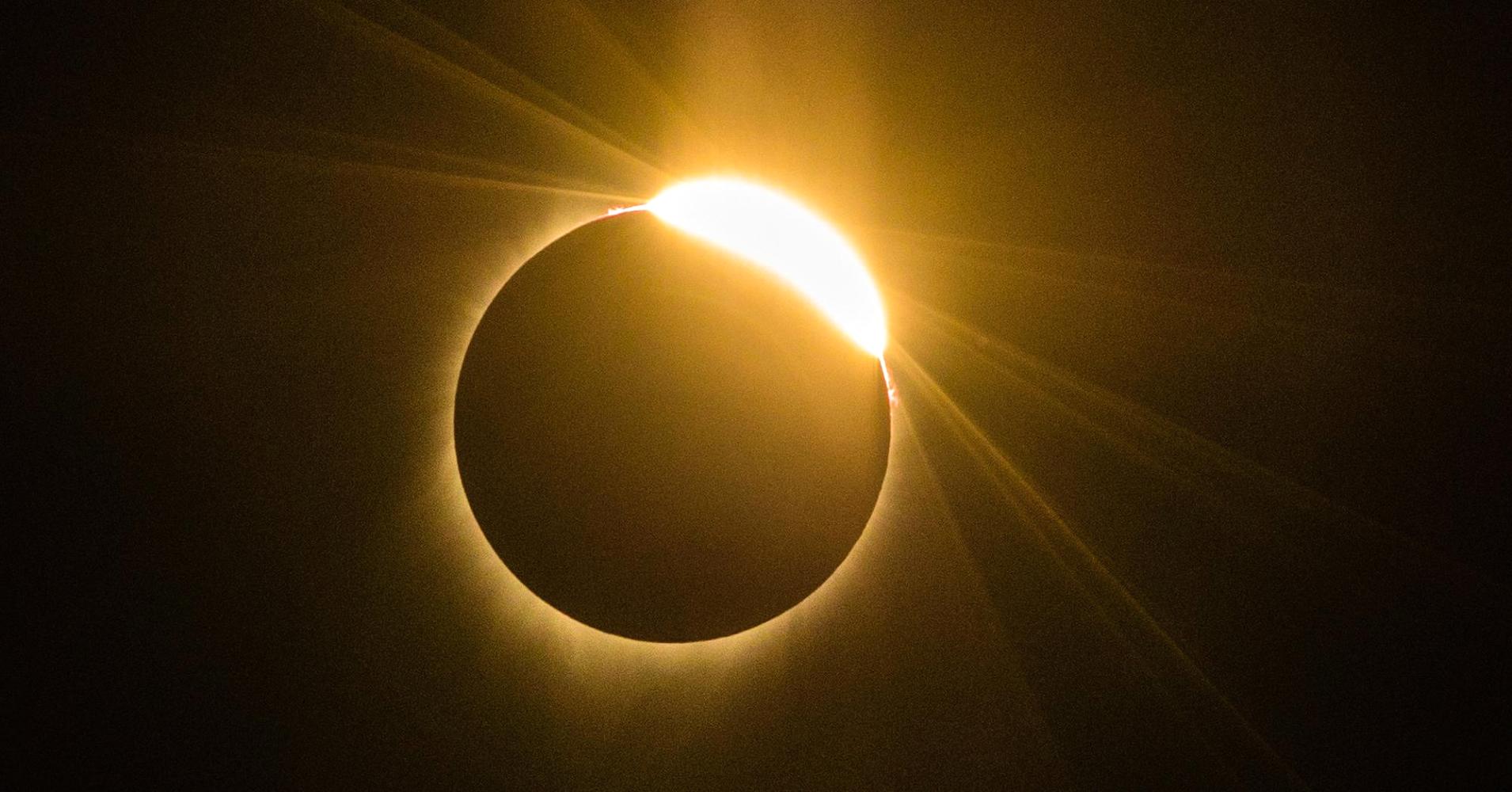Solar Eclipses throughout history

Given that North America was treated to an eclipse of the sun last week, we felt it was worth taking a look back at some Solar Eclipses throughout history.
The word eclipse comes from ekleipsis, the ancient Greek word for being abandoned. So it comes as no surprise that civilizations throughout history have associated bad things with solar eclipses.
Since ancient times, humans have looked up at the sky with both reverence and fear. But when the United States experienced a total solar eclipse on August 21, it evoked a sense of awe, excitement and even unity. Given there has not been a total solar eclipse in the continental U.S. since 1979, the event is probably one of the most well-documented eclipses in U.S. history. This is of course thanks to digital photography, smartphones and social media.
More often than not, eclipses were a source of fear and anxiety. Not until the period known as the European Scientific Revolution of the 16th and 17th centuries do scientific explanations of the motion of the Earth, sun and moon tend to alleviate such anxieties, at least among Europeans.
The earliest example of this connection between eclipses and fear, dread and superstition goes back to clay cuneiform tablets from 2300 and 1800 B.C. that have been found in Mesopotamia. The tablets document the same omen across the Mediterranean: If there was a solar eclipse, the king would die. For societies dominated by kings, it seemed like the worst possible outcome.
The Vikings made loud noises to scare off Skoll and Hati, the two wolves of Norse mythology who chased the sun and moon and occasionally caught them, causing an eclipse. Norse wolves weren’t the only creatures, according to ancient myth and legend, causing eclipses by devouring the sun.
The Maya, who learned to predict eclipses, sometimes depicted them as a giant snake. The Inca seemed to believe a jaguar swallowed the moon to cause a lunar eclipse. In ancient China, people would gather in the streets to bang on drums and pots and pans during an eclipse — an effort to scare away the dragon they believed was eating the sun.
To avoid having their rule negatively affected by an eclipse, ancient Babylonian kings would abdicate and live in the palace as “the farmer.” A condemned criminal would take their place and die within a hundred days by assassination. “The farmer” would resume his rightful place on the throne, and all would be well again. Researchers have records of messages sent to “the farmer,” asking when he wanted “the king” to be killed.
Court astronomers in ancient China met a similar fate when they failed to predict an eclipse, allegedly because they were drunk. The 4,000-year-old anecdote later inspired a poem that has been passed down for centuries:
“Here lie the bodies of Ho and Hi, Whose fate though sad was visible, Being hanged because they could not spy Th’eclipse which was invisible.”
If you do a worldwide survey of eclipse lore, the theme that constantly appears, with few exceptions, is it’s always a disruption of the established order.
Chaos did follow an eclipse in England. In 1133, an eclipse coincided with the death of King Henry I. His passing was followed by a dispute over who should rightfully inherit the throne. Between 1135 and 1153, England was marred by anarchy and civil war.
An eclipse in Turkey in 585 B.C. had the opposite effect. Warring armies took it as a sign from the gods that perhaps they should try to get along. Just like that, according to the story, 15 years of fighting came to a sudden end.
Maybe one of the strangest responses to a total solar eclipse was the least hysterical one. When the sun vanished shortly after rising early in the morning over Europe in the year 1230, local workers apparently thought little of it. They just went back to bed, only to be perplexed when the sun had regained its normal brightness within an hour.
In 1851, the first photograph of the Sun’s corona was taken by a Prussian photographer called Berkowski. And the 1878 eclipse was one of the first to be extensively observed in the U.S. using scientific instruments.
Throughout history, eclipses have enlightened astronomers about the sun and its corona. Albert Einstein wrote a paper on special relativity in 1905 and formed his theory of general relativity, or the relationship between gravity and the curvature of space and time.
He believed that an event like an eclipse would showcase this idea of light bending as it nears a massive object. An English astronomer named Arthur Eddington, read his paper on relativity and wanted to test it during the eclipse in May 1919.
Eddington’s photographs of the eclipse verified the theory by capturing the bending of starlight passing near the sun. Both Eddington’s achievement and Einstein’s brilliance were celebrated in the media.
But scientists have studied eclipses long before that. Aristotle observed that the Earth’s shadow has a circular shape as it moves across the moon. He posited that this must mean the Earth was round.
Another Greek astronomer named Aristarchus used a lunar eclipse to estimate the distance of the Moon and Sun from Earth. The Moon’s ability to cover the Sun’s disc during a total solar eclipse also allowed the ancient Greeks to describe the Sun’s corona, the aura of light that surrounds the Sun.
Still mythologies persisted for centuries, even if many early astronomers understood the scientific realities of the phenomenon.
Even in photographs, spectators in 1920s America can be seen looking sombrely up at the sky through smoked glass, as if waiting anxiously for the eclipse to pass.
That all changed in the 1970s, when the big eclipse went up the East Coast of the United States. It became a celebration that transformed the American view of eclipses, and that’s when eclipse-chasers got started.



